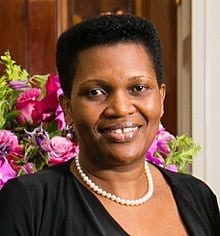Burundi, formally the Republic of Burundi, is a landlocked country in the Great Rift Valley, where the Great Lakes region of Africa and East Africa meet. It is bordered on the north by Rwanda, on the east and southeast by Tanzania, and on the west by the Democratic Republic of Congo, with Lake Tanganyika forming part of the southwestern boundary. Gitega and Bujumbura, the country’s largest city, are the country’s capital cities.
Burundi has been home to the Twa, Hutu, and Tutsi peoples for at least 500 years. Burundi was a sovereign monarchy for more than 200 years, until Germany took control of the region at the turn of the twentieth century. Burundi is still predominantly a rural culture, with only 13.4% of the people living in cities in 2019. It has the second greatest population density in Sub-Saharan Africa, at roughly 315 people per square kilometer. Burundi’s official languages are Kirundi, French, and English, with Kirundi serving as the country’s sole language. Burundi is one of Africa’s smallest countries, and its land is primarily used for subsistence cultivation and grazing, resulting in deforestation, soil erosion, and habitat degradation. As of 2005, the country was nearly deforested, with less than 6% of its land covered by trees and more than half of that covered by grass.
TRENDING FASHION IN BURUNDI


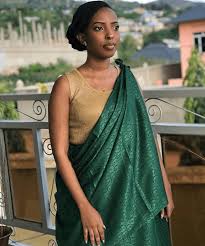







ACCESSORIES IN BURUNDI
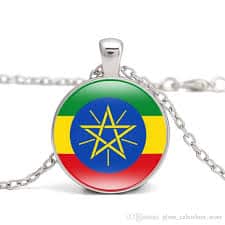
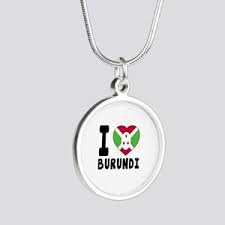
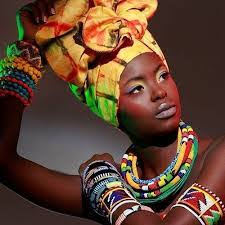
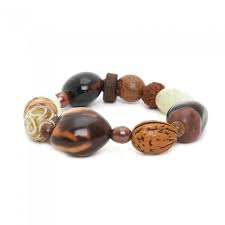
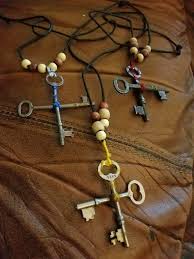

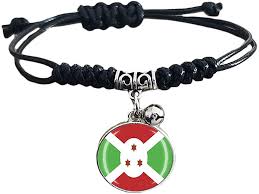

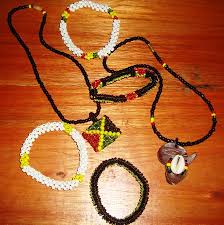

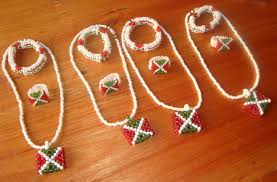

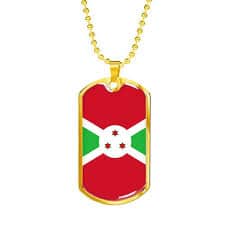

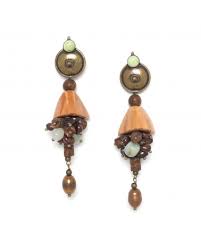
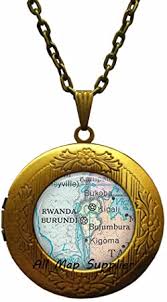


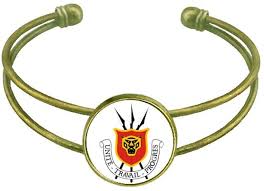
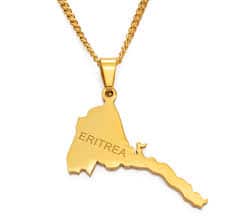
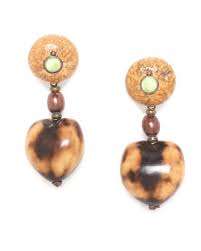

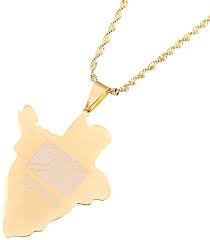
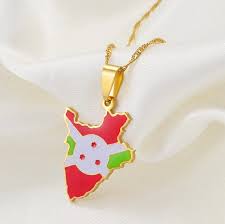
TRIBES IN BURUNDI AND THEIR FASHION
Burundi is divided into three ethnic groups; Hutus, Tutsis, and Twa. Despite the fact that these civilizations have coexisted in the region for millennia and now share a similar language and many cultural aspects, they remain distinct in terms of group identification. Hutu ethnicity accounts for roughly 85 percent of the population, Tutsi for 15%, and indigenous Twa for less than 1%.
Kirundi, a Bantu language, is spoken by both Hutus and Tutsis. The Twa speak Kirundi as well, albeit their dialect is slightly different. Kirundi is the official language, alongside French.
The Hutu
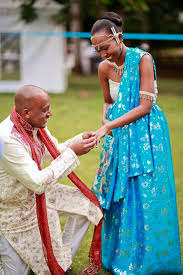

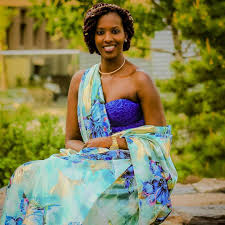

The Tutsi
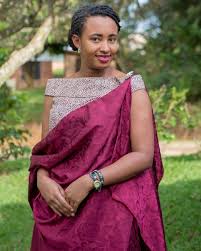

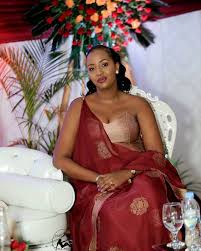

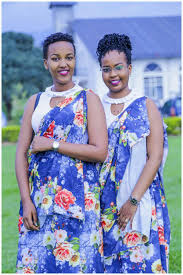
TOURIST AND HISTORICAL PLACES IN BURUNDI
Kigwena National Forest – The forest here is dense, and just walking through it feels like an adventure. Baboons, monkeys, and a variety of butterflies and birds can all be found in the forest.
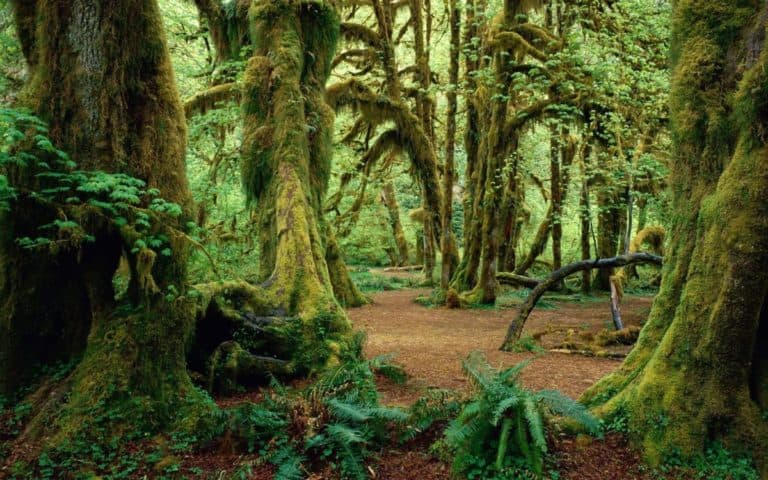
The Kibira National Park – The park, which is mostly covered in ancient rainforest, was originally a sacred hunting place for the country’s past rulers. Today, however, it is another of Burundi’s protected areas, home to a diverse range of animals.
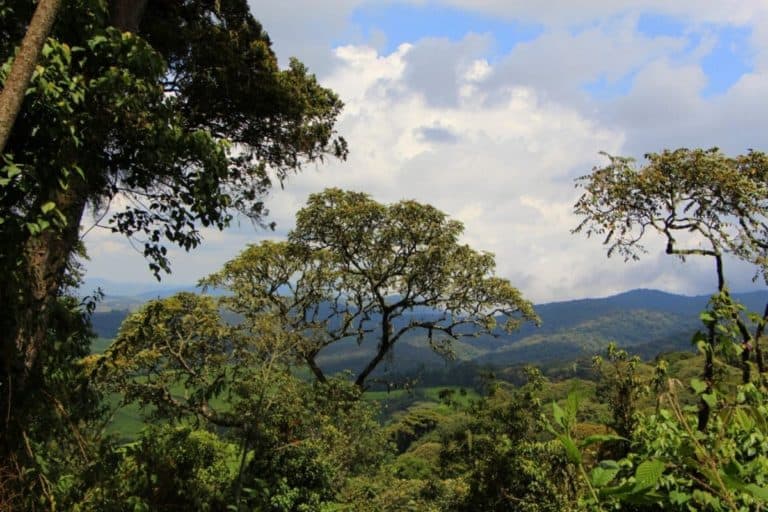
Gitega – The magnificent Gitega National Museum, which houses a great collection of relics and antiquities from Burundi’s past, is one of the city’s many excellent attractions.
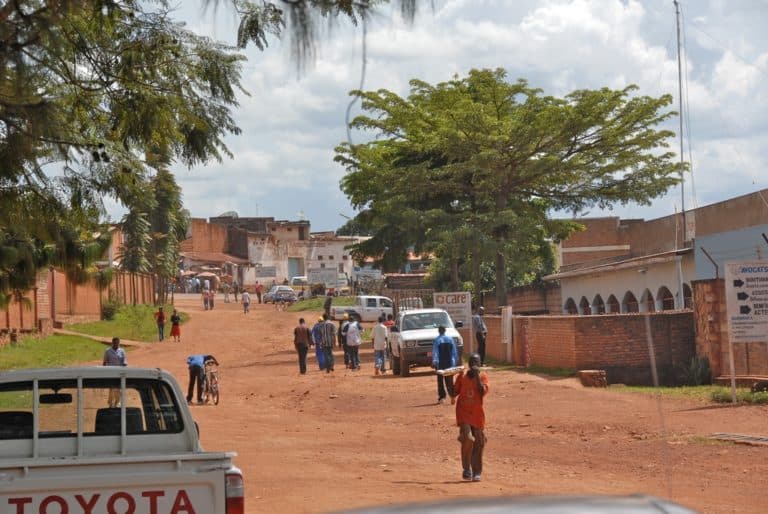
Chutes de la Kerera – Four stunning falls make up the Chutes near Rutana. The fall closest to the parking lot is actually the most beautiful.
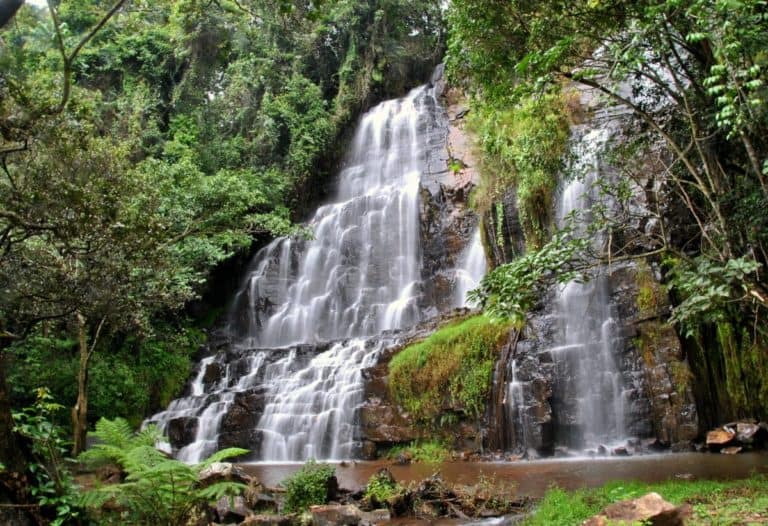
Bururi Nature Reserve – Bururi’s wet forests are home to a diverse range of wildlife, including well over 100 species of birds.
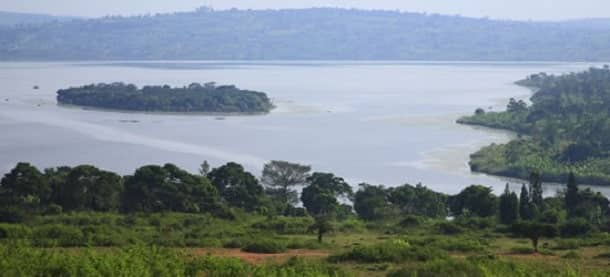
Vyanda Natural Reserve – Although the area is not well equipped for tourists, a visit is possible with little advance arrangement and communication.

The “Source du Nil” – Over 100 kilometers from the city, what appears to be a minor spring is most likely the Nile’s southernmost source.
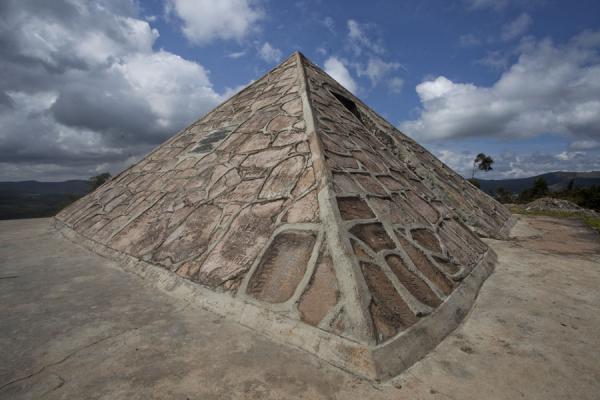
Saga Beach – The greatest time to go to the beach is on the weekend, when the crowds of locals assure a vibrant and enjoyable atmosphere.

Ruvubu National Park – The park, which was established in 1980, is home to some of the country’s most magnificent and stunning species, including hippos, buffalo, and crocodiles. The park is also recognized for its diverse collection of rare flora and flowers, as well as the seasonal migration of birds.
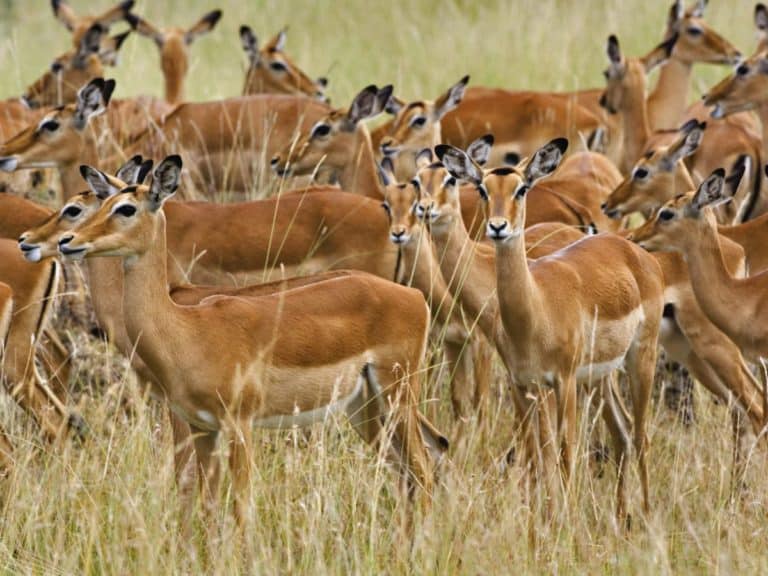
Rusizi River National Park – Hippos are one of the many species that frequent the area, and they are one of the most popular among visitors. With its clear skies, the park is a birdwatcher’s dream.
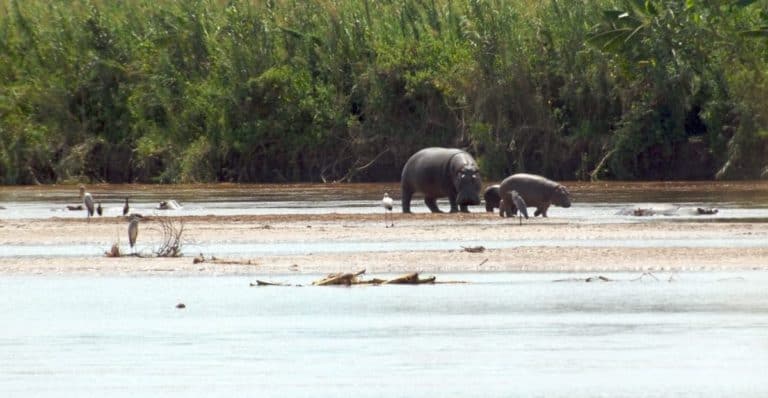
Bujumbura – This relatively small city has not seen much development over the past decades mainly due to years of conflict in the region
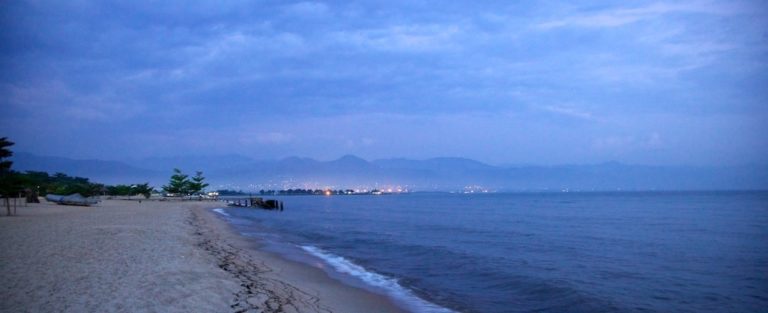
Lake Rwihinda Natural Reserve – Here is another hotspot for an astonishing variety of flora and fauna, as well as a popular tourist destination in Burundi.
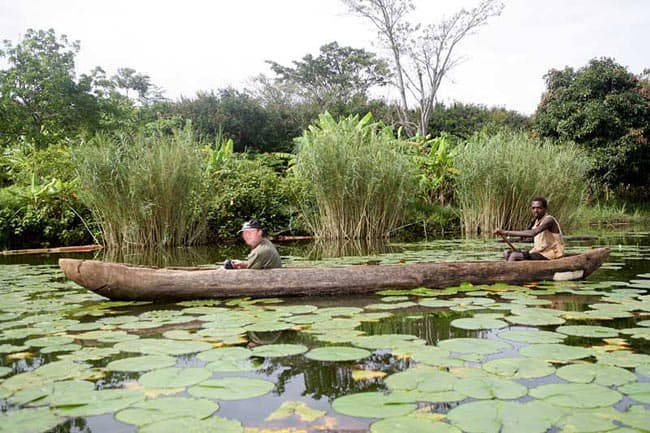
Gishora – The drum sanctuary is its primary attraction and a popular stop for safari expeditions.
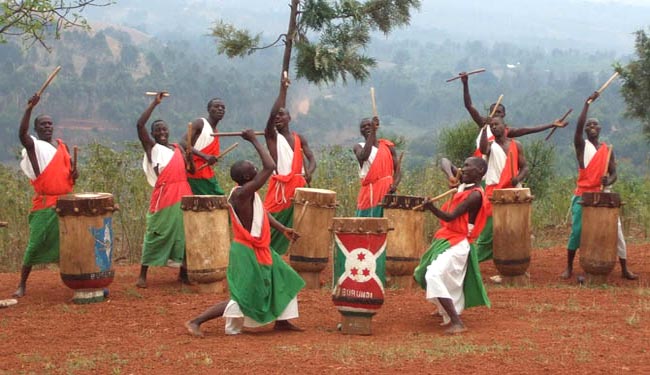
MUSIC IN BURUNDI
Burundi is a Central African country that is physically, historically, and culturally tied to Rwanda. One of the most important instruments is the drum, such as the karyenda. Burundi is home to the Royal Drummers of Burundi, a musical group that has toured the world. The so-called diversified Burundi beat was utilized by English pop bands Adam and the Ants and Bow Wow Wow to create unusual music, complete with distinctive drumming invented by Burundi’s tribal musicians and documented by French anthropologists.
Some musicians in Burundi include:
Sat-B

Khadja Nin

Some art work in Burundi include:
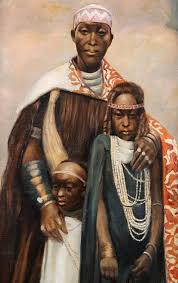
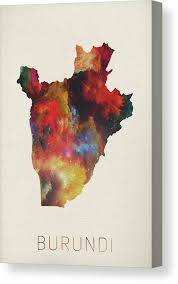

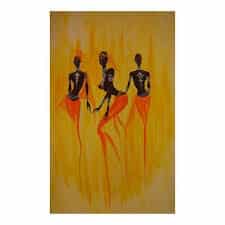
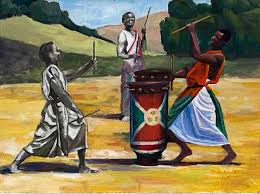
MEALS IN BURUNDI
Brochettes – delicious Burundian barbecue meal. Mostly prepared with beef or chicken.
Bean soup – a common type of dish in Burundi.
Ugali – maize flour porridge common in Africa.
Matura and Mahu – a traditional Burundian sausage prepared using meat and traditional spices.
Beef stew – a stew prepared with beef and vegetables.
Nyama – a special Burundian stew, taken with rice.
Brochettes
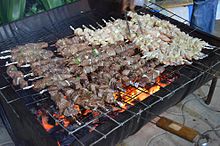
Bean soup

Ugali
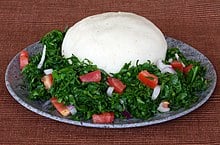
Matura and Mahu
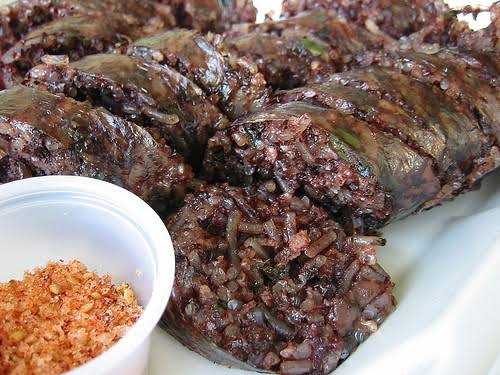
Beef stew
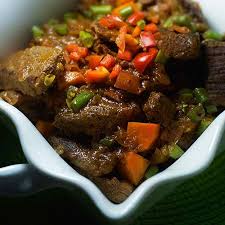
Nyama
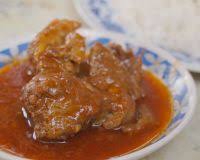
Kachumbari – african salad made with onions, tomatoes, cucumber, salt, pepper and lemon dressing.
Mealie meal pap – soft pap for breakfast, taken as side dish with braai.
Potatoes dish – roasted sweet potatoes , savoury and spicy.
Burundi chapati – flat and delicious bread common in Burundi.
Kachumbari

Mealie meal pap
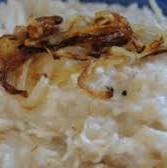
Potatoes dish

Burundi chapati
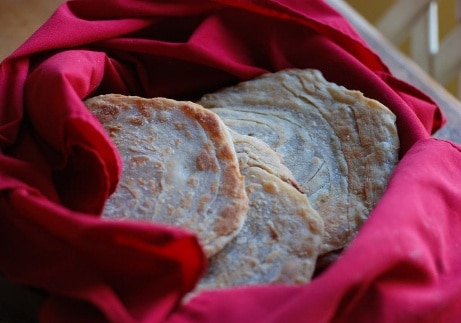
ENVIRONMENTAL CONSERVATION AND HABITAT PROTECTION IN BURUNDI
Burundi’s wildlife is made up of its flora and fauna. There are 2,950 plant species, 596 bird species, 163 animal species, 52 reptile species, 56 amphibian species, and 215 fish species in this small landlocked country. Wildlife populations have plummeted in recent years, owing to high population pressure, the conversion of significant amounts of woodland to agricultural land, and intensive livestock cultivation. The protected area covers a little more than 5% of the country’s total land area.
Under the March 1980 decree, the National Institute for the Conservation of Nature was formed; it has since been renamed the National Institute for Environment and Conservation of Nature. It is in charge of establishing national parks and reserves. It also conducts flora and fauna scientific studies and promotes ecotourism.
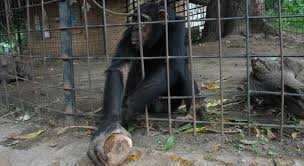
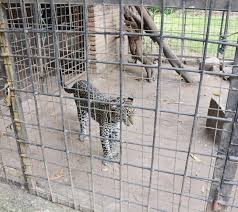

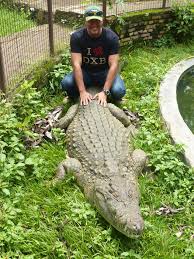


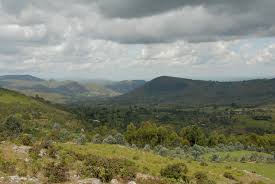
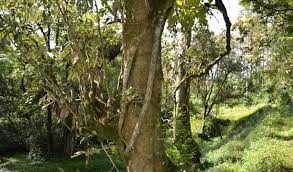
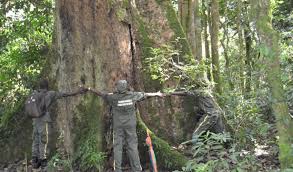
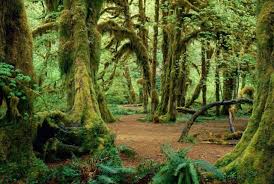
EFFECT OF CLIMATE CHANGE IN BURUNDI
Burundi has suffered greatly as a result of climate change. Weather patterns are shifting, with torrential rains, fierce winds, and dry spells becoming more unexpected and intense. Communities have been wrecked by floodwaters, which have destroyed houses and livelihoods. Landslides are a continual concern in the highlands.
Climate change-related disasters have displaced over 114,000 people in Burundi, and the trend is projected to continue, affecting harvests and creating future displacement. When children are uprooted, they are more likely to become unwell or become victims of violence and abuse. A displacement camp in Gatumba was flooded when the Rusizi River and Lake Tanganyika spilled their banks, forcing 25,000 people to leave. Recovery has been tough as water levels continue to rise.
Children are more likely to drop out of school when there is severe floods or other natural catastrophes. In Burundi, parents may be unable to pay the tuition, or their children may be required to work to help support the family, or the school may have closed. When food is short and sanitation and hygiene conditions are inadequate, children are more prone to hunger and disease.
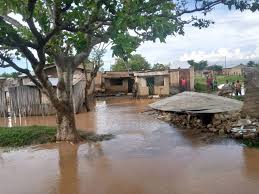
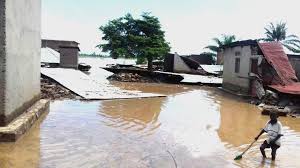
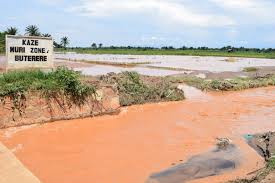
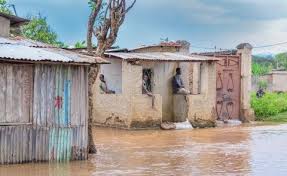

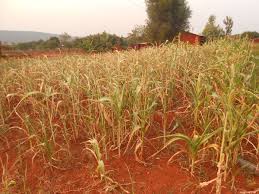
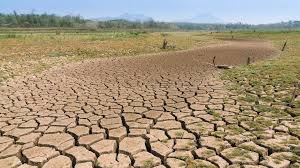
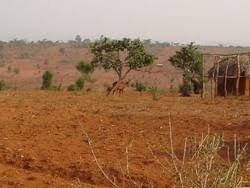
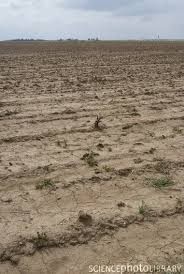
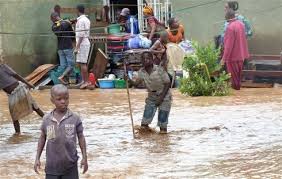
GENDER EQUALITY IN BURUNDI
Burundi has improved gender equality by providing free basic education to both boys and girls. A law prohibiting gender-based violence has been passed, and women’s participation in national and local decision-making has improved dramatically. However, socioeconomic issues persist, exacerbated by a lack of money.
Some prominent women in Burundi include:
Marina Barampama – Burundian politician who was elected Second Vice President.
Immaculee Nahayo – Burudian politician, who was President of the National Assembly of Burundi.
Aimee Kanyana – a magistrate and politician in Burundi.
Jeanne d’Arc Kagayo – Burundian politician and educator, who served as Burundi’s Minister of Presidency for Good Governance.
Marina Barampama
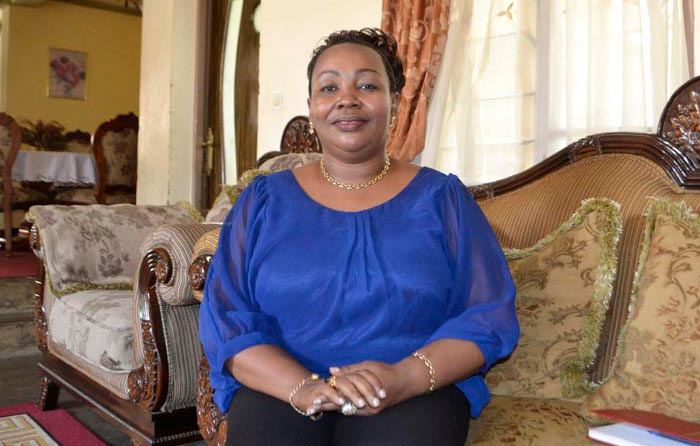
Immaculee Nahayo
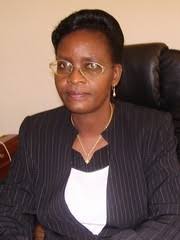
Aimee Kanyana
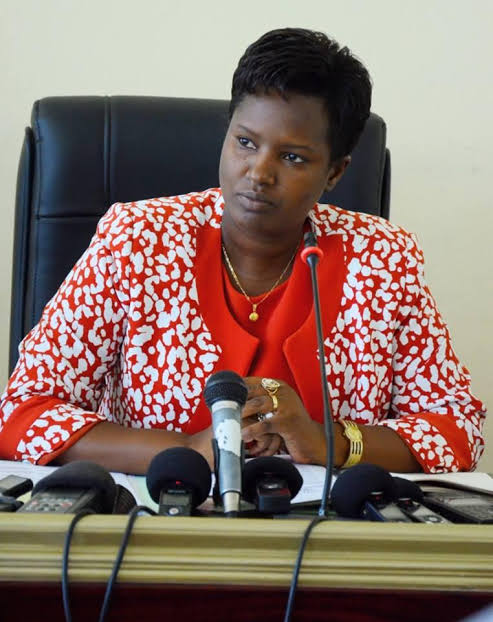
Jeanne d’Arc Kagayo
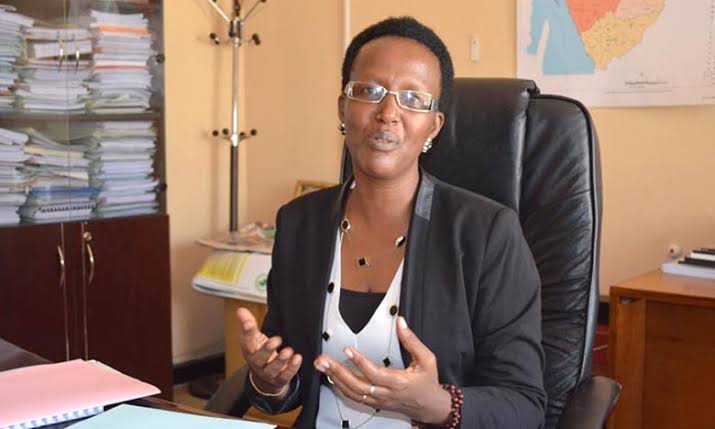
Marie Chantal Nijimbere – she is the serving Minister of Communication, ICT and Media in Burundi.
Domine Banyankimbona – she is the serving Minister of Public Service, Labour and Employment.
Mireille Kamariza – a Burundian scientist, fighting world’s deadliest disease.
Denise Bucumi-Nkurunziza – Burudian ordained minister who was First lady of Burundi 2005 to 2020.
Marie Chantal Nijimbere
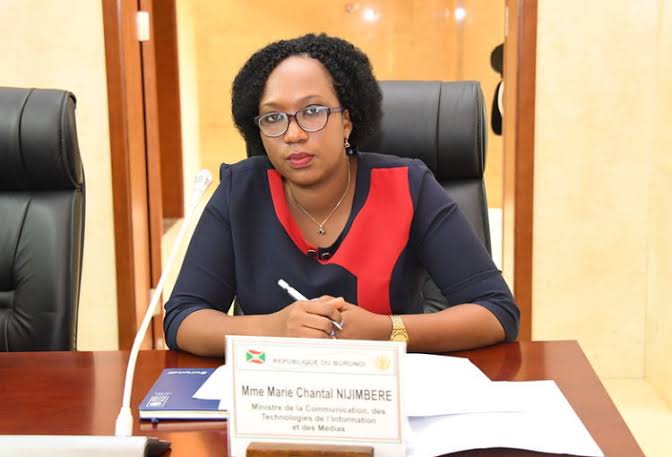
Domine Banyankimbona
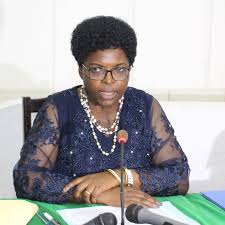
Mireille Kamariza
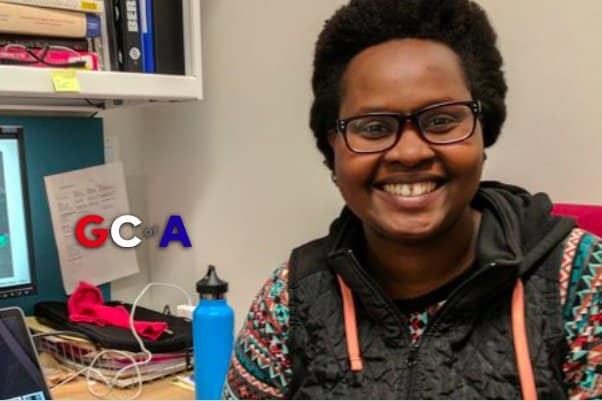
Denise Bucumi-Nkurunziza
